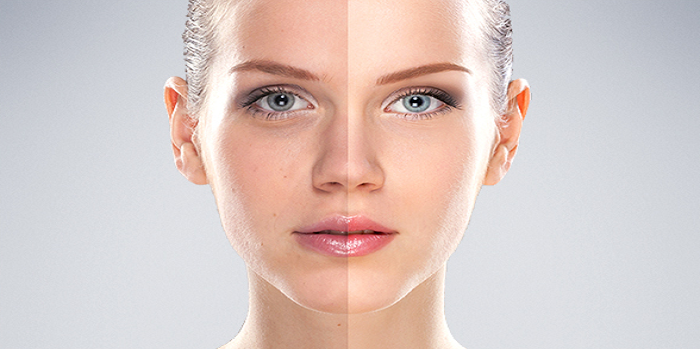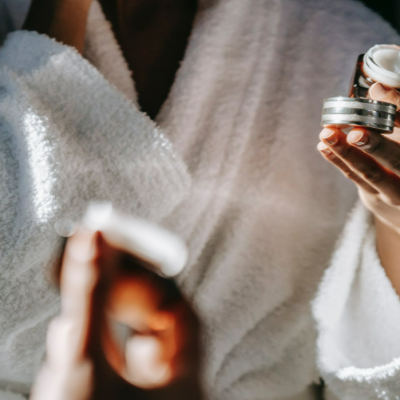It is not too far fetched that the human skin is so fragile that when exposed frequently to sunlight, harsh weathering and biohazard, it suffers some damages in form of reddening, scaly patches, and burns which are hard to treat. Early damages can be easily treated with skin care, anti oxidizing and topical creams. But the more the body is exposed to the harshed factors, the tougher the damages. That is why for the most part, conventional treatments don’t make any difference. For critical skin conditions such as chronic amblyopia and sore patches, it is imperative to go for advanced treatment like pulsed dye laser therapy.
Pulsed Dye laser is an advanced technology used for the treatment of non healing redness, broken capillaries, severe rosacea, patches and other similar skin conditions that result from scarring. Some people find themselves stuck with severe and stubborn skin reddening that after availing several skin care and therapy just wouldn’t heal. If you are one of such people, consider a pulsed dye laser treatment which is mild but effective enough to get rid of skin flushing, blushing, inflammation, rosiness, etc.
How the technology work
“Typically, severe skin reddening, blushing and flushing result from the deformation or dilation of the blood vessels, making them appear on the skin as small patches, pimples and purples”, said Michael Steppie of Orlando Associate In Dermatology. The laser device releases a substantial amount of light into the haemoglobin of the red blood cells. The haemoglobin absorbs the light to reinstate the dilated or enlarged blood vessels. For the fact the device focuses the light on only defective tissues, the surrounding areas of the treatment site aren’t affected, hence minimizing the implications.
Recovery and downtime
People who get pulsed dye laser treatment can be back to their usual day to day activities as soon as the the process is complete. Post treatment implications include swelling and reddening at the treated site. Within the next couple of days after the therapy, the these signs will disappear. The reddening is mild, hence, you can either make-up on it to reduce its effect.
A couple of days after your treatment, the signs will complete fade out. The number of days it will take to fully recover depends on the amount of energy or light produced with the wavelength of the device. For critical conditions, treatment may require high energy. For that, full recovery may take a couple of weeks.
Your doctor may prescribe medications or skin care to help you recover fast. There are few cases where blister and burns may result from the process. In such situations, you will have to use big google specs to reduce the effects of heat and sunlight when going out. You will do well to ask your doctor to educate you on what you can do to not expose the treated site to implications that may cause it not to heal quickly.



